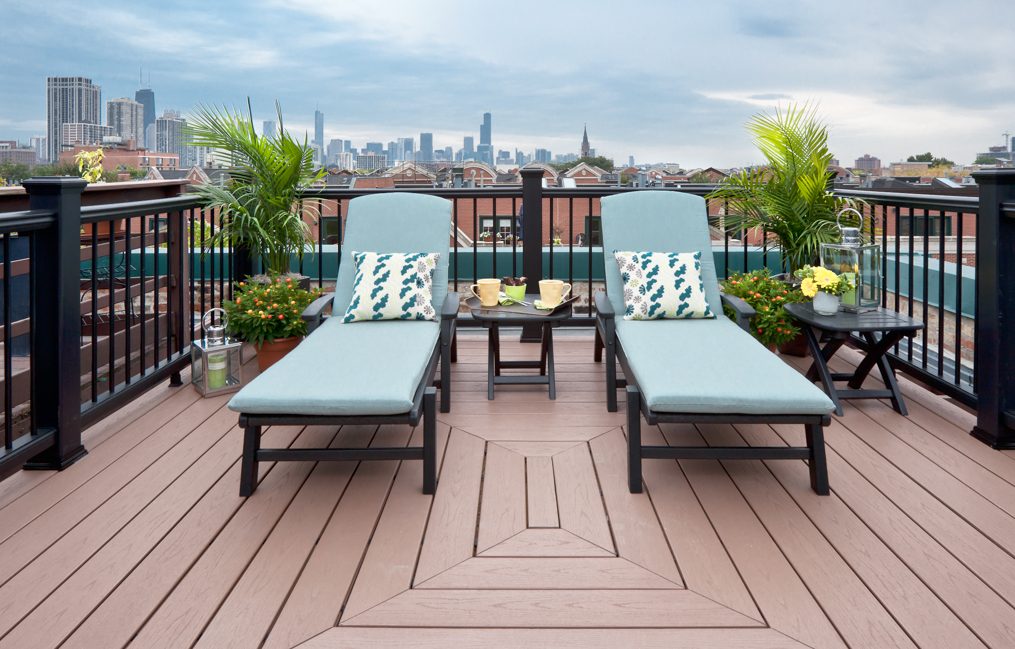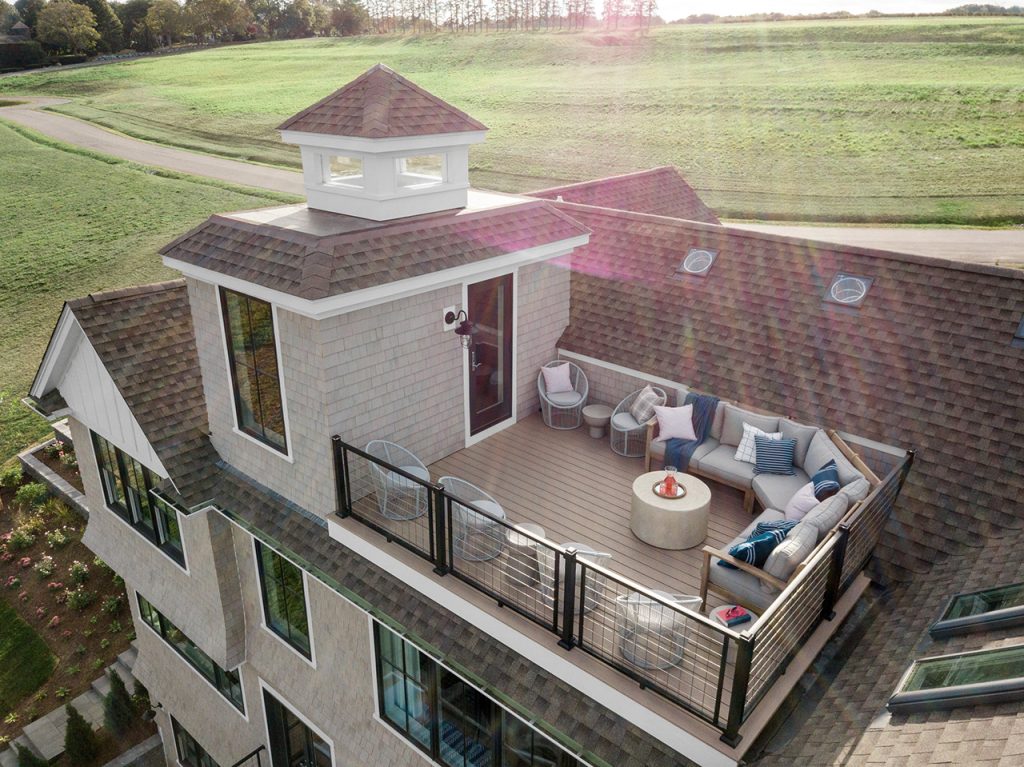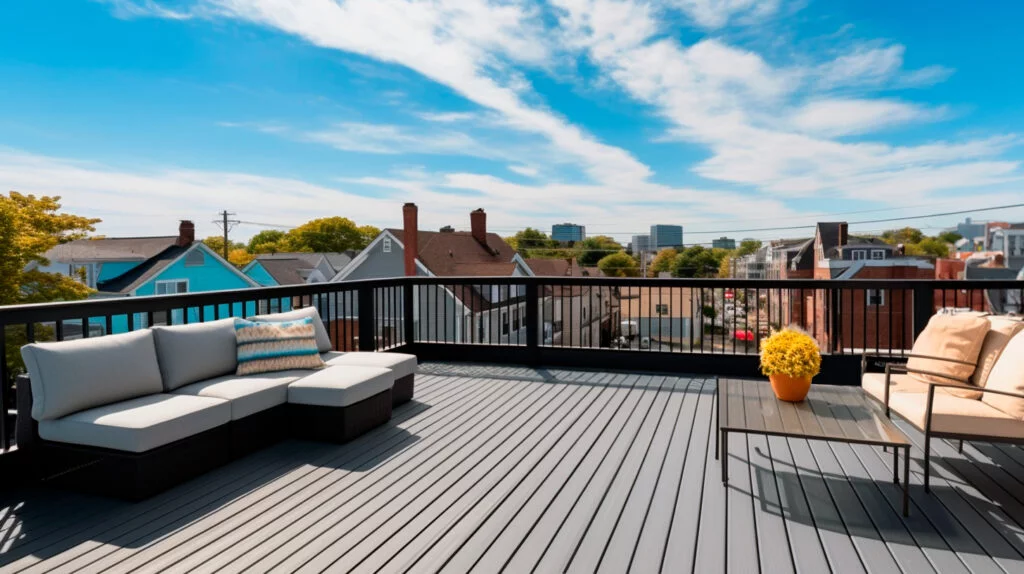
When it comes to decking decisions, selecting the right materials for your roof’s foundation is a crucial aspect of any construction or renovation project. The choice of decking material not only impacts the aesthetic appeal of your outdoor space but also plays a significant role in the durability and maintenance requirements of your deck. Whether you are building a new deck or upgrading an existing one, the decision on which decking materials to use should be carefully considered to ensure longevity and satisfaction with the end result.
Brief Overview of Importance
The choice of decking materials can make a substantial difference in how long your deck will last and how much maintenance it will require over time. Selecting high-quality materials that are suited to your specific needs and climate conditions can help prevent issues such as rotting, warping, or insect damage. By investing in durable and suitable decking materials from the outset, you can save time and money on repairs and replacements in the future.
Importance of Considering Factors
Several key factors should be taken into account when choosing decking materials for your roof’s foundation. Durability is paramount since outdoor decks are exposed to various weather elements year-round.
Aesthetics play a crucial role in creating an inviting outdoor space that complements your home’s architecture and landscaping. Additionally, considering maintenance requirements upfront can help you plan for routine care tasks such as cleaning, sealing, or refinishing to keep your deck looking pristine for years to come.
Wood Decking

The Beauty and Versatility of Wood
Wood decking remains a classic choice for many homeowners due to its natural beauty and warmth. Cedar, redwood, and pressure-treated lumber are among the most popular types of wood used for decking. Cedar is known for its rich color variations, natural oils that resist decay and insects, and softness that makes it easy to work with.
Redwood boasts a striking reddish-brown hue, excellent durability, and resistance to warping. Pressure-treated lumber, made from pine or fir treated with chemicals to enhance durability, is cost-effective and readily available.
Pros and Cons of Wood Decking
One of the main advantages of wood decking is its aesthetic appeal – the natural grains and colors of wood can enhance the overall look of your outdoor space. Wood also has a certain warmth that other materials may lack.
However, wood decking requires regular maintenance such as staining or sealing to protect it from the elements. It is susceptible to rotting, splintering, warping, and insect damage if not properly cared for.
Maintenance Requirements for Wood Decking
To keep your wood decking looking its best and prolong its lifespan, regular maintenance is key. This includes annual cleaning to remove dirt and debris that can promote mold growth, as well as resealing or restaining every few years to protect the wood from moisture penetration. Inspecting for any signs of damage like loose boards or protruding nails is also important in maintaining a safe deck surface.
Composite Decking

The Future of Decking: Composite Materials
Composite decking has gained popularity in recent years due to its durability and low maintenance requirements. Made from a blend of recycled plastic and wood fibers, composite decking offers the look of real wood without the drawbacks.
Benefits of Composite Decking
Composite decking has several advantages over traditional wood options. It is highly durable – resistant to fading, scratching, staining, and mold growth.
Composite materials do not require staining or sealing like wood decks do; simple soap-and-water cleaning suffices to keep them looking new. Additionally, composite decking comes in a wide range of styles and colors to suit various design preferences.
Different Styles Available in Composite Decking
Whether you prefer the look of traditional hardwoods or contemporary finishes, composite decking offers a plethora of design options. From deep browns resembling mahogany to light grays mimicking weathered cedar planks – there’s a composite deck board style for every taste.
Factors to Consider When Choosing Decking Materials
Climate Considerations
When selecting decking materials, it is crucial to take into account the climate in which your deck will be located. Humidity levels and temperature fluctuations can greatly impact the performance and longevity of your deck. In regions with high humidity, materials that are resistant to moisture and mold growth, such as PVC or composite decking, may be more suitable.
Temperature fluctuations can cause certain materials like wood to expand and contract, leading to warping or cracking over time. Understanding the specific climate challenges of your location will help you choose a decking material that can withstand these conditions.
Budget Constraints
Another significant factor in choosing decking materials is your budget constraints. Different materials come with varying price points, so it is essential to determine how much you are willing to invest in your deck project.
While natural wood decks may have a lower upfront cost compared to composite or PVC options, they might require more maintenance over time, potentially increasing long-term expenses. Setting a budget at the outset will help narrow down your choices and ensure you select a material that not only suits your needs but also aligns with your financial limitations.
Aesthetics and Design Preferences
The aesthetics of your deck play a vital role in enhancing the overall look of your outdoor space. Consider the style of your home and personal design preferences when choosing decking materials. Wood decks offer a classic, natural appearance that can complement various architectural styles, while composite or PVC decks provide more modern options with a wide range of colors and textures.
Additionally, different materials offer unique design features such as intricate grain patterns or smooth finishes that can further elevate the visual appeal of your deck. By aligning aesthetics with functionality, you can create a cohesive outdoor living area that reflects your style.
Maintenance Requirements
Understanding the maintenance requirements associated with different decking materials is essential for ensuring the longevity and durability of your deck. While wood decks may require regular staining or sealing to protect against rot and insect damage, composite or PVC decks generally need minimal upkeep beyond basic cleaning.
Consider how much time and effort you are willing to dedicate to maintaining your deck when making material choices. Materials with low maintenance requirements may be preferable for homeowners seeking a hassle-free outdoor living space that retains its beauty without constant upkeep.
Eco-Friendly Options: Embracing Sustainability
When considering decking materials, it’s essential to explore eco-friendly options that prioritize sustainability and environmental consciousness. Sustainable materials like bamboo and recycled plastics offer a compelling alternative to traditional wood and composite decking. Bamboo, known for its rapid growth rate and renewability, is an excellent choice for environmentally conscious homeowners.
Recycled plastics, typically made from post-consumer waste like plastic bottles, divert harmful materials from landfills while providing a durable decking solution. By choosing these eco-friendly options, homeowners can reduce their carbon footprint and contribute to a greener future for the planet.
Specialty Materials: Unveiling Exotic Elegance
In the realm of decking decisions, specialty materials like exotic hardwoods such as ipe or teak stand out as luxurious choices with unique characteristics that set them apart from traditional options. Ipe wood, also known as Brazilian walnut, boasts exceptional durability and resistance to rotting and insects due to its natural oils.
Teak wood, prized for its rich golden-brown hue and high oil content, offers unparalleled elegance and longevity in outdoor environments. These exotic hardwoods may come at a premium price but deliver unmatched beauty and performance that elevate any deck into a sophisticated outdoor oasis.
Fastening Systems:

Different methods for securing deck boards:
When it comes to securing deck boards, there are various methods available, each with its advantages and limitations. Traditional screws offer a secure and reliable option for fastening boards to the joists. They provide stability and strength but may be visible on the surface, affecting the aesthetics of the deck.
On the other hand, hidden fasteners provide a cleaner look by attaching deck boards from underneath, eliminating visible screw heads on the surface. Some hidden fastener systems even allow for expansion and contraction of the decking material, reducing potential warping or buckling over time.
Hidden fasteners versus traditional screws:
Hidden fasteners have gained popularity due to their ability to create a seamless look on the surface of the deck. They eliminate exposed screws that can detract from the visual appeal of the decking material.
Hidden fasteners also reduce potential tripping hazards and create a smoother finish for bare feet to walk on without fear of snagging clothing or skin. However, traditional screws offer easier access for repairs or replacements if needed and may provide stronger compression between boards.
Finishing Touches:
When it comes to choosing decking materials for your roof’s foundation, attention to detail in often-overlooked aspects such as fastening systems and finishing touches can make a significant difference in the overall longevity and aesthetics of your outdoor space. By considering factors like hidden fasteners versus traditional screws and exploring different finishing techniques, you can elevate your deck from functional to exceptional.
Remember that even these small details play a vital role in enhancing not just the functionality but also the beauty of your outdoor living area. Embrace these nuances with enthusiasm as you craft a space that reflects your unique style while providing enduring comfort and joy for years to come.
Transform Your Home with NCL Services: The Roofing Experts
A new roof isn’t just about protection—it’s also an opportunity to boost your home’s energy efficiency and curb appeal. NCL Services offers a wide range of roofing options that will complement your home’s style and reduce energy costs. Let’s discuss how we can help you achieve the perfect balance of functionality and aesthetics. Get in touch with NCL Services today for a comprehensive roof makeover!